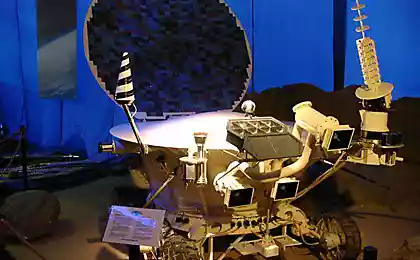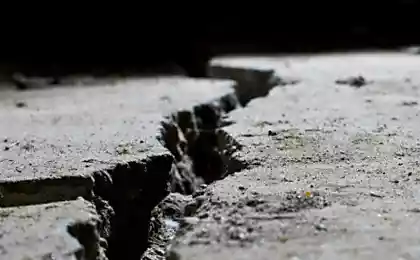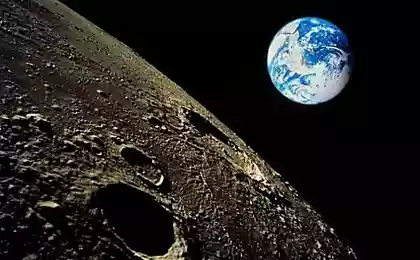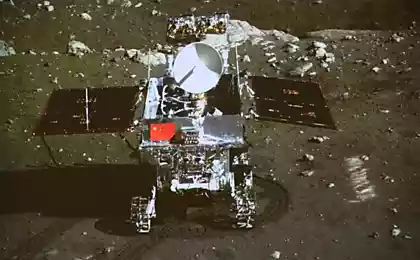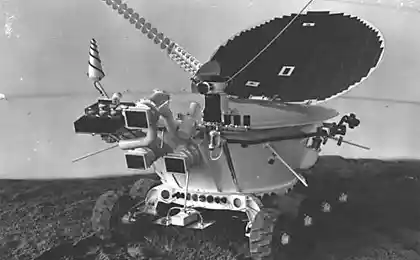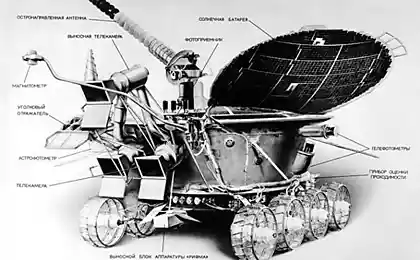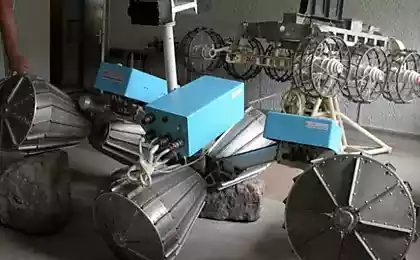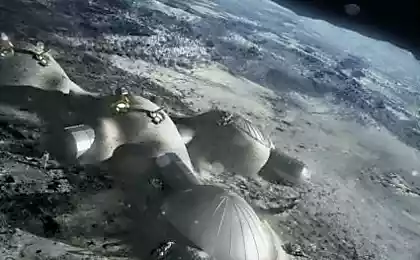785
Yuytu Chinese lunar rover, helped gather important information about the moon

The Chinese lunar rover sends greetings to all (Source: CNSA / CCTV) i>
Do you remember more about Yuytu? Probably yes, though some readers could about it at all did not hear, when the topic of space is not a priority. So, Yuytu - a Chinese lunar rover, which successfully prilunilsya in 2013, and began to study the Earth's natural satellite. Unfortunately, something went wrong, and with the onset of the lunar rover of the night in 2014 could not hide temperature sensitive components and elements in the heating duct.
Lunokhod just could not arise, as it was planned by engineers. From 2014 to Yuytu virtually no news. But as it turned out, before the system will send back data that can clarify some features of the Moon's origin. In particular, the information transmitted Yuytu, lets get to know the period of time when the moon is still the case of small volcanoes.
Yuytu almost immediately after its landing, he has managed to collect samples of rocks, whose age is about 3 billion years. This 1 billion years younger than the age of the rocks brought back to Earth missions "Apollo."

Various photos of Mare Imbrium, obtained by remote sensing of the surface of the Moon i>
The rover landing site turned out to be pure breed, not mixed with debris. In these rocks detected relatively high amounts of titanium dioxide, plus their presence is detected and the mineral olivine. The composition of the rocks is much more complex than previously thought (scientists judged on the composition of rocks, brought the teams "Apollo").
According to scientists, the upper layers of the mantle of the Moon have been less uniform in composition than Earth's mantle. If you synchronize changes the chemical composition of rocks and their age, you can understand how the volcanic activity of the Moon over time. Most likely, the formation of the mantle of the Moon had a significant influence any aspect of the process.

landing place "Chang'e-3" is indicated by a white square. Red icons - it's the landing modules of various missions "Apollo» i>
As regards titanium, this chemical element allows us to clarify a lot of volcanic activity in the history of the Moon. The content of titanium in the lunar rock samples varies from 1 to 15 weight percent, which is quite significant. Titanium in the rocks of the Moon is part of ilmenite. At the same time, scientists noticed some strange - in the same rocks there as ilmenite and olivine. Generally these minerals do not occur in the same formations. Perhaps the moon mixing these two minerals have occurred at the final stages of crystallization magma.
Source: geektimes.ru/post/268344/



